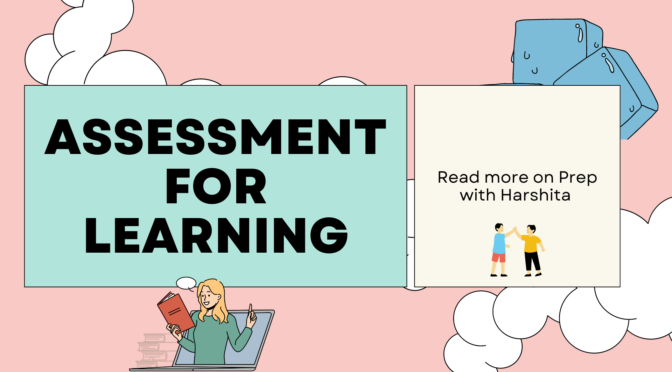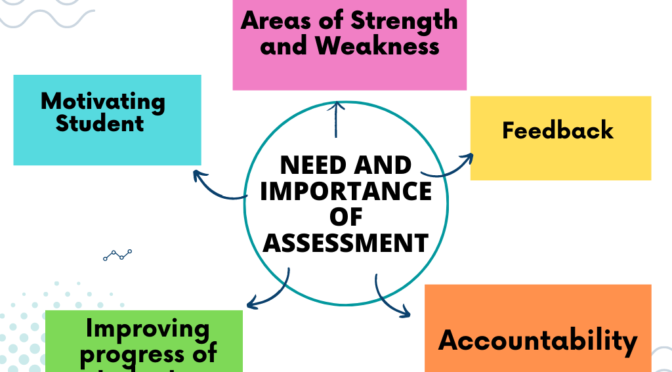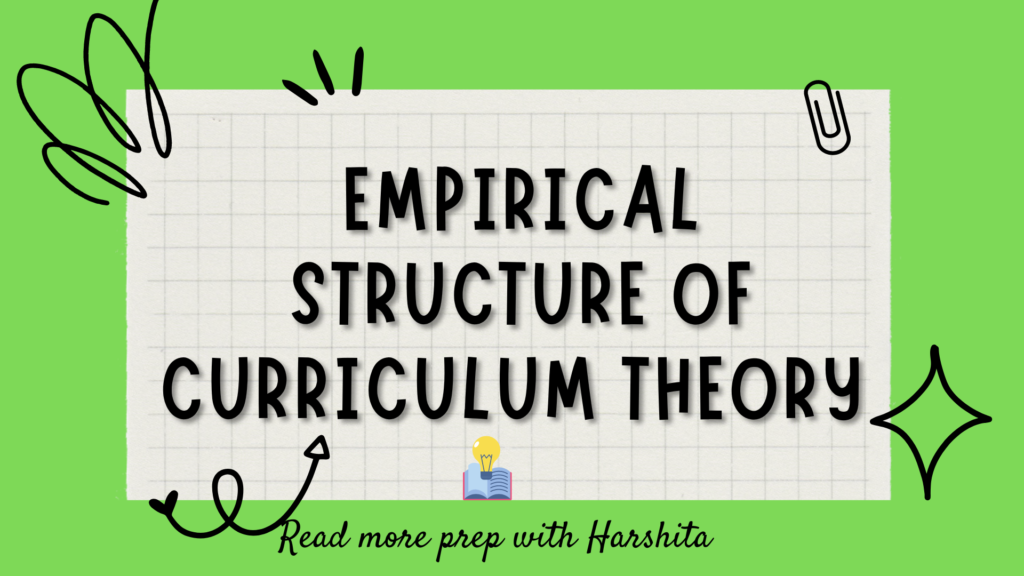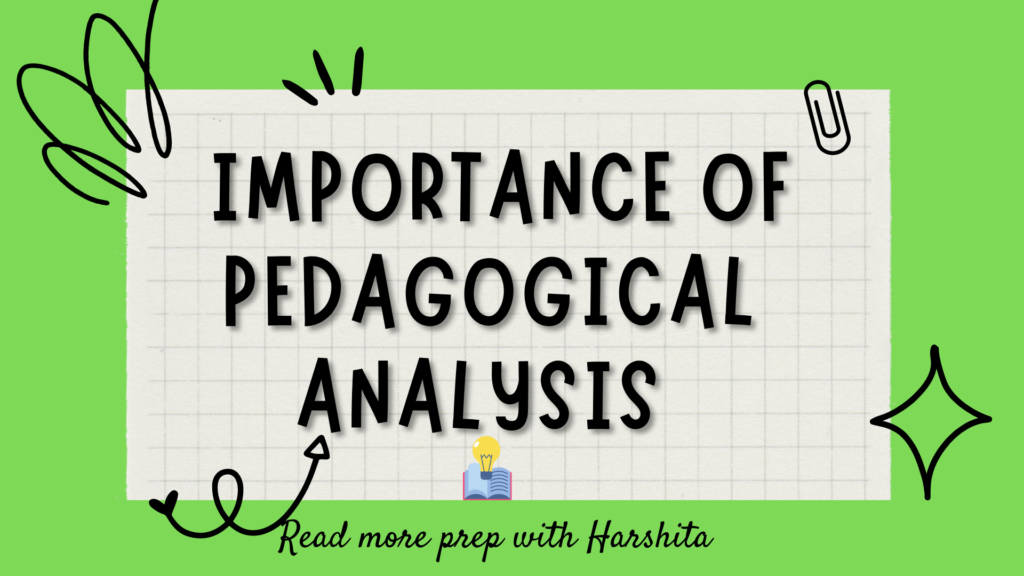Assessment for learning (AfL) is a formative type of assessment. Formative assessment is ongoing and occurs throughout the learning process, providing feedback and opportunities for students to adjust their learning strategies. In contrast, summative assessment occurs at the end of a learning period and is used to evaluate student learning outcomes.
Features of AfL:
It is focused on improving student learning outcomes by using assessment as a tool for providing feedback, setting goals, and adjusting learning strategies. This is designed to support and enhance the learning process, rather than simply evaluate the final outcome of learning. It involves collaboration between teachers and students, and the use of a variety of assessment methods to provide multiple perspectives on student learning progress.
Assessment for learning (AfL) is an approach that focuses on using assessment as a tool to improve student learning. The goal of AfL is to provide students with feedback on their learning progress, so they can understand what they know, what they still need to learn, and how to improve their learning.
It involves a continuous cycle of assessment, feedback, and adjustment.
Some key characteristics of Assessment for Learning :
It is an ongoing, dynamic process that takes place throughout the learning cycle. It is a type of assessment that focuses on improving learning outcomes by providing timely feedback and opportunities for students to adjust their learning strategies. Here are the features of formative assessment in detail:
- Continuous: It occurs throughout the learning process, from the beginning to the end. It is not a one-time event, but rather a continuous process of evaluation, feedback, and adjustment.
- Learning-focused: The primary focus is on the learning process itself, rather than on the end result. It is designed to provide information about what students know, what they still need to learn, and how they can improve their learning.
- Diagnostic: Formative assessment is diagnostic in nature. It is designed to help teachers identify areas where students are struggling and provide targeted instruction and support. This allows for early intervention and support before students fall behind.
- Feedback-oriented: Feedback is a critical aspect of formative assessment. It is provided to students regularly, and is used to help students understand their learning progress,. It helps to set goals, and make adjustments to their learning strategies. Feedback should be specific, actionable, and timely.
- Varied: Formative assessment involves a variety of assessment methods and tools. These can include questioning, observation, peer assessment, self-assessment, and teacher feedback. This variety allows for multiple perspectives on student learning progress and ensures that students receive feedback in a way that works best for them.
- Student-centered: Formative assessment is student-centered. It is designed to help students take ownership of their learning progress and set goals for themselves. Students should be involved in the assessment process, and should be encouraged to reflect on their learning progress and provide feedback on their own learning.
- Collaborative: Formative assessment involves collaboration between teachers and students. Teachers provide feedback to students, and students provide feedback to teachers, creating a collaborative learning environment. Peer feedback and collaboration among students is also encouraged.
In summary, formative assessment is an ongoing, dynamic process that focuses on improving learning outcomes by providing timely feedback and opportunities for students to adjust their learning strategies. It is diagnostic, feedback-oriented, varied, student-centered, and collaborative in nature. It plays a critical role in helping students to take ownership of their learning progress and achieve their academic goals.
Also Read : Open Book system
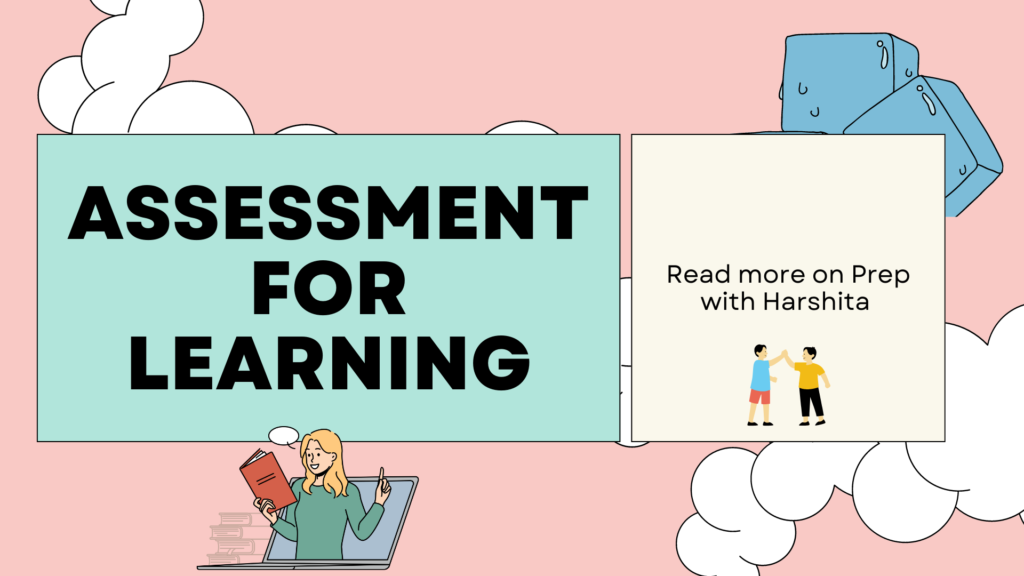
Also Visit : Prep with Harshita

